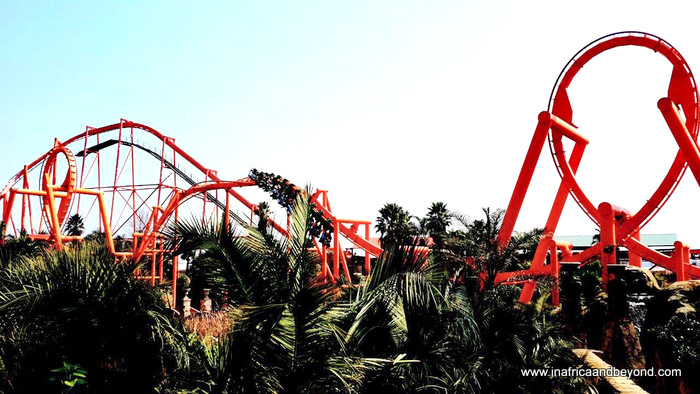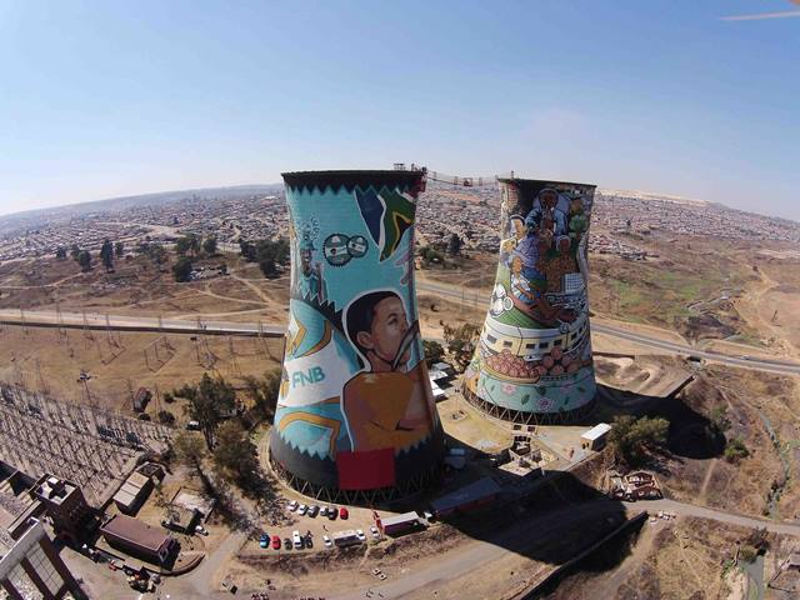Get This Report about Johannesburg North Attractions
Get This Report about Johannesburg North Attractions
Blog Article
Not known Details About Johannesburg North Attractions
Table of ContentsTop Guidelines Of Johannesburg North AttractionsJohannesburg North Attractions Things To Know Before You BuyThe 7-Second Trick For Johannesburg North AttractionsSome Ideas on Johannesburg North Attractions You Need To KnowRumored Buzz on Johannesburg North AttractionsUnknown Facts About Johannesburg North Attractions
The city expanded on the side of the Witwatersrand Main Coral reef, a subterranean stratum of gold-bearing quartz-silica conglomerate that arcs for hundreds of miles under the Highveld - Johannesburg North attractions. Most of the gold mines in the city ceased procedure in the 1970s, yet in its day the Witwatersrand gold sector accounted for more than 40 percent of the world's yearly gold production.Johannesburg has a warm environment. The city appreciates regarding eight hours of sunlight per day in both winter and summer season.
What rain the city gets falls virtually exclusively in the summertime, frequently in incredible late-afternoon electric storms. Air contamination postures a substantial trouble, specifically in the winter season months, when thermal inversions hamper the westward circulation of air from the Indian Ocean. Contamination is most extreme in the densely settled Black municipalities on the city's perimeter, where several locals still rely upon coal for fuel.

Rumored Buzz on Johannesburg North Attractions
The balance of the city is inhabited by whites. Accommodation varies in character and top quality.
Physical development, although rather limited by transportation, proceeded rapidly as migration to South Africa, and Johannesburg in certain, increased considerably. This problem was solved in the 1930s when the auto was introduced in mass production to South Africa. Autos were, for the a lot of component, confined to the affluent, and allowed them to relocate to the north of the city and commute right into the centre.
Many inadequate suburbs were mixed, with poor blacks and whites cohabiting, although the affluent suburban areas were usually reserved for whites. This changed with the election of the National Event in the 1948 elections, who started to formalise the system called discrimination. Discrimination officially assigned which suburbs each race might reside in under the Team Locations Act.
The previous system of eleven phoned number areas was reorganised in 2006. Marshalltown, as seen from the top of the Carlton Centre. The M1 and M2 run behind the buildings, and the southern suburban areas extend past the highway limit. The inner city of Johannesburg lies within the city's Region F. The number of people living in the inner city Related Site on an informal basis is unidentified, as lots of are unlawful immigrants. The unemployment, education and learning, and age profiles of the area are all unknown, due to the problem of acquiring reputable details regarding the area.
Johannesburg North Attractions for Beginners
Centred on the CBD, the region includes the suburbs of Yeoville, Bellevue, Troyeville, Jeppestown, and Berea to the east. To the west it spreads to Pageview (Johannesburg North attractions) and Fordsburg. There are small industrial locations to the south, such as City West-Denver and Benrose. Around 800,000 travelers pass via the inner city everyday, and it works as a local buying node for site visitors from the southerly suburban areas. Yeoville and Bellevue have a mix of apartment buildings and single domestic units on little lots. The area is situated on a mountainous divide that runs from east to west.

Johannesburg Stadium, a training ground for both the Golden Lions and Orlando Pirates, is surrounding. The eastern suburbs of Johannesburg are situated in the city's 7th [] and 9th [] regions. The area is likewise functionally integrated with East Rand boundary towns beyond the main border of Johannesburg, such as Bedfordview and Edenvale (both part of Ekurhuleni Metropolitan Town).
The 8-Second Trick For Johannesburg North Attractions
The eastern suburban areas are some of the earliest locations of Johannesburg, there are large neighborhoods of Jewish and other European backgrounds, the bulk of the populace is English speaking. There are three golf courses as well as a number of safeguarded ridges with viewsites.
The location is primarily composed of old "matchbox" residences, or four-room houses developed by the federal government, click here to find out more that were built to supply cheap lodging for black workers throughout apartheid. Soweto is an acronym, representing "South Western Townships". Street after road around is lined with matchboxes; nonetheless, there are a few smaller locations where thriving Sowetans have developed houses that are more similar in stature with those in even more upscale suburbs.
Hostels are an additional famous physical feature of Soweto. Initially built to find more house male migrant employees, lots of have been enhanced as houses for pairs and households. The N1 Western Bypass skirts the eastern boundary of Soweto. The residential area was not historically allowed to develop employment centres within the area, so nearly all of its homeowners are travelers to other components of the city.
An Unbiased View of Johannesburg North Attractions
The N1 Western Bypass connects the northern residential areas with the north-western suburbs. The suburbs in the north suburbs are mainly official, without any significant locations of casual real estate, or real estate that does not have a long-term framework. Although this is a well-known location, there is a fad of land usage change from residential to industrial, especially along main arterial roads and around well-known nodes.
Roads to the eastern and west are much less well created, as there are no highways taking a trip in that direction. Towards the northern border of the city, the density of growth decreases, leaving huge areas of untaught land around Midrand.
The Single Strategy To Use For Johannesburg North Attractions
, which is located on a hill ignoring the internal city and Hillbrow.
Report this page